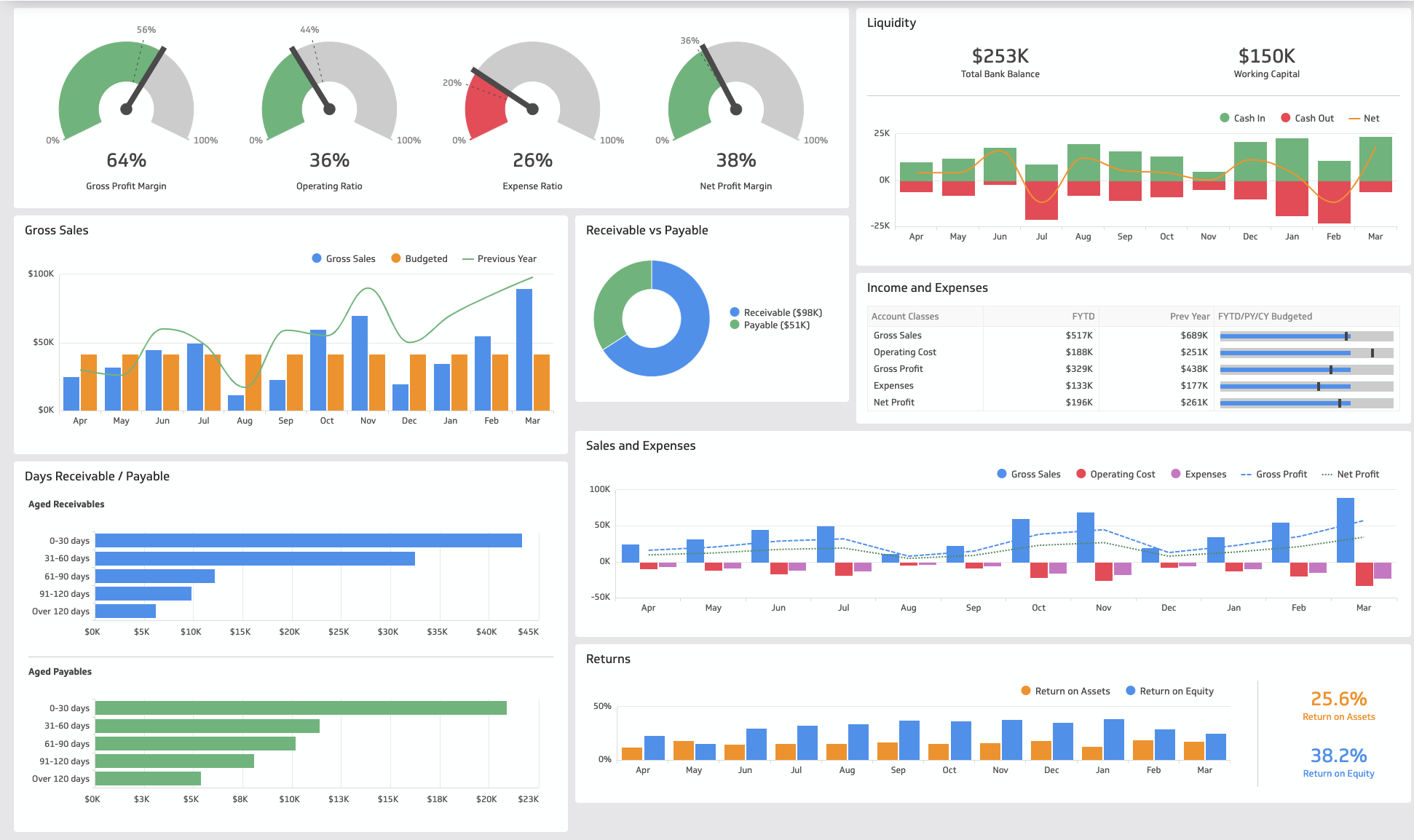
So, right-click on any field and click on Hide All Field Buttons on Chart. We can do it by removing all the unwanted fields on the chart. So, we need to refine it to make it look better. Step 6: Usually, pivot chart created by default may not look attractive. Then, cut the Pivot Chart and paste it into this worksheet. In this new worksheet, type the header as Sales Target vs Achieved Dashboard. Step 5: Next, insert a new worksheet and name it Dashboard. Now, change the target to a line chart, and achieve a clustered column chart.Ĭlick OK. In our example, let us choose Excel c ombo chart type. So, select any cell in the pivot table and then click on Pivot Chart option under Pivot table Analyze tab.

Step 4: Once the pivot table is created, we will visualize this monthly summary by creating a Pivot Chart. Now we have a monthly target and achieved summary. Step 3: Next, drag and drop fields to create a summary page. Now, change the name of the sheet to Pivot. Step 2: The benefit of converting the data to an Excel Table is we just have to select any of the cells in the table and click on PivotTable under the Insert tab.Īs soon as we click, Excel creates a pivot table in a new worksheet. Next, click OK to convert the data range into Excel Table. So, select the entire data range and press the Excel shortcut keys Ctrl + T. Step 1: To begin with, we need to convert the data range into an Excel table to make the data updating dynamic. The steps used to create a dashboard in Excel are as follows: We need to use the following steps to build dashboard in Excel.īy using the above data, we will try to create a dashboard in excel to track each product’s performance and monthly sales. The below table lists products with target and actual sales data.
#Excel dashboard how to
Let us use the following data to understand how to create dashboard in Excel. We should also note down what are the KPIs that we are going to answer in the dashboard. How To Create Dashboard In Excel?īefore creating a dashboard, we should be aware of the objectives of the dashboard.

However, there are plenty in place according to the needs of the business. These are some important day-to-day dashboards commonly used in the real world. Inventory Dashboard: This will give a picture of inventories, shortage inventories, overstock inventories, fast-moving inventory, slow-moving inventory, etc.,.Finance Dashboard: This summarizes all the KPIs about the finance like Net Profit, Gross Margin, Market Share, etc.,.Headcount, department-wise performance, attrition rate, and resource shortage or overloads. HR Dashboard: This provides information on the human resource of the company.Sales Dashboard: This gives a complete picture of a company’s sales performance. We can track key performance indicators of sales, top items, and top salespersons and compare the results in this dashboard.There are many types of dashboard in Excel. A dashboard can be created according to the needs of the end-user.


 0 kommentar(er)
0 kommentar(er)
